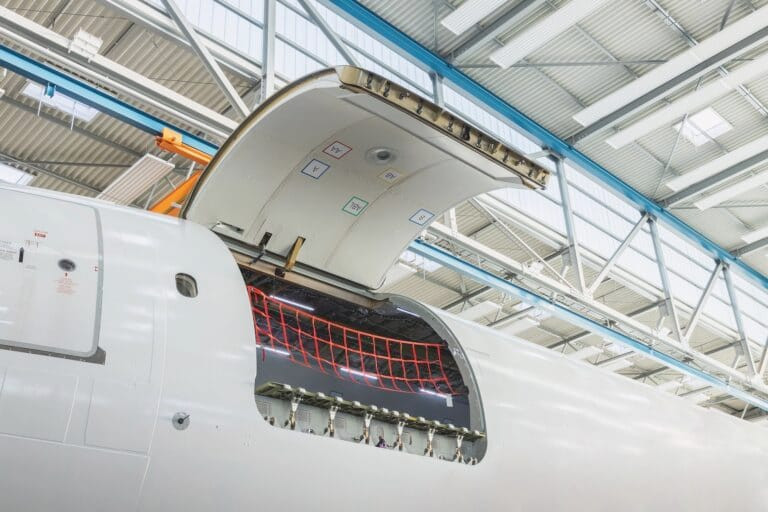As the post-pandemic air cargo market matures, many have questioned whether the pandemic-era surge in passenger-to-freighter (P2F) conversions has run its course. Yet, global demand in 2025 remains complex and evolving rather than in retreat. e-commerce continues to exert a powerful influence on airfreight flows, particularly on long-haul routes spanning Asia-Pacific, the Middle East, and Europe. However, macroeconomic uncertainty, aircraft scarcity, and rising costs are reshaping investment strategies.
“e-commerce growth is, and probably will remain, a significant driver of demand for rapid delivery,” says Dr Lee London, SVP of Sales & Marketing at EFW. “However, fluctuating interest rates, uncertainty regarding evolving tariff policies, and the shortage of suitable passenger aircraft for conversion are contributing to delays.”
While these headwinds might appear to signal a downturn, Dr London believes the market is simply in a transitional phase. “Given the current delays in investments for the modernisation and expansion of freighter fleets, we anticipate an increase in demand for conversions,” he adds.
Shaped by versatility, regulation and economics
When it comes to aircraft type, demand is diverging between narrowbody and widebody markets. In the former, models like the A321P2F are gaining global popularity for replacing older freighter aircraft. “The A320P2F may become increasingly significant in Europe due to its compliance with local airport noise regulations,” notes Dr London.
Widebody conversions, meanwhile, are being led by demand for the A330 series. “The A330-300P2F is in high demand for its volume and payload capacity, while the A330-200P2F appeals to freight operators requiring longer-range capabilities,” he explains. Surprisingly, widebody feedstock is currently more available than narrowbody, owing to continued strong passenger demand that keeps single-aisle aircraft in service.
“Despite increasing interest from operators seeking fleet upgrades, attractive passenger lease rates make narrowbody conversions less appealing in the short term,” says Dr London. This tension between opportunity and economics underscores the challenge of planning conversions in today’s market.
Conversions vs new builds
With the aviation industry under pressure to reduce emissions, sustainability considerations are also factoring into the P2F decision. While new-build freighters are more fuel-efficient, conversions have their own ecological merit.
“We recognise the benefits of converting ageing passenger aircraft into freighters rather than retiring them after 25 years and building new freighters,” says Dr London. “Although a production freighter offers higher fuel efficiency… converting an existing aircraft that is up to 25 years old is likely to have a lower environmental impact.”
Economically, too, conversions continue to offer compelling ROI under the right conditions. “Conversion costs can now be amortised in approximately 4.5 years, compared to a three-year amortisation under 2022 conditions,” he explains. While elevated lease rates and limited feedstock availability complicate the picture, operators still find value in P2F when targeting the ‘sweet spot’ of 15- to 18-year-old aircraft.
Capacity constraints
If there’s a single bottleneck in the P2F ecosystem, it’s feedstock. “The supply of passenger aircraft suitable for freighter conversion has diminished, largely due to strong passenger traffic demand,” says Dr. London. This in turn is prompting conversion houses to scale back capacity, creating a domino effect.
“We expect a scarcity of available slots in the coming years,” he warns. “Given the limited availability of slots, timely decisions are crucial to secure preferred positions.”
Beyond feedstock, logistics around the evaluation and selection of aircraft are also tightening. “Prioritising the evaluation of suitable aircraft for conversion is essential, as options for feedstock are likely to remain constrained,” adds Dr. London.



